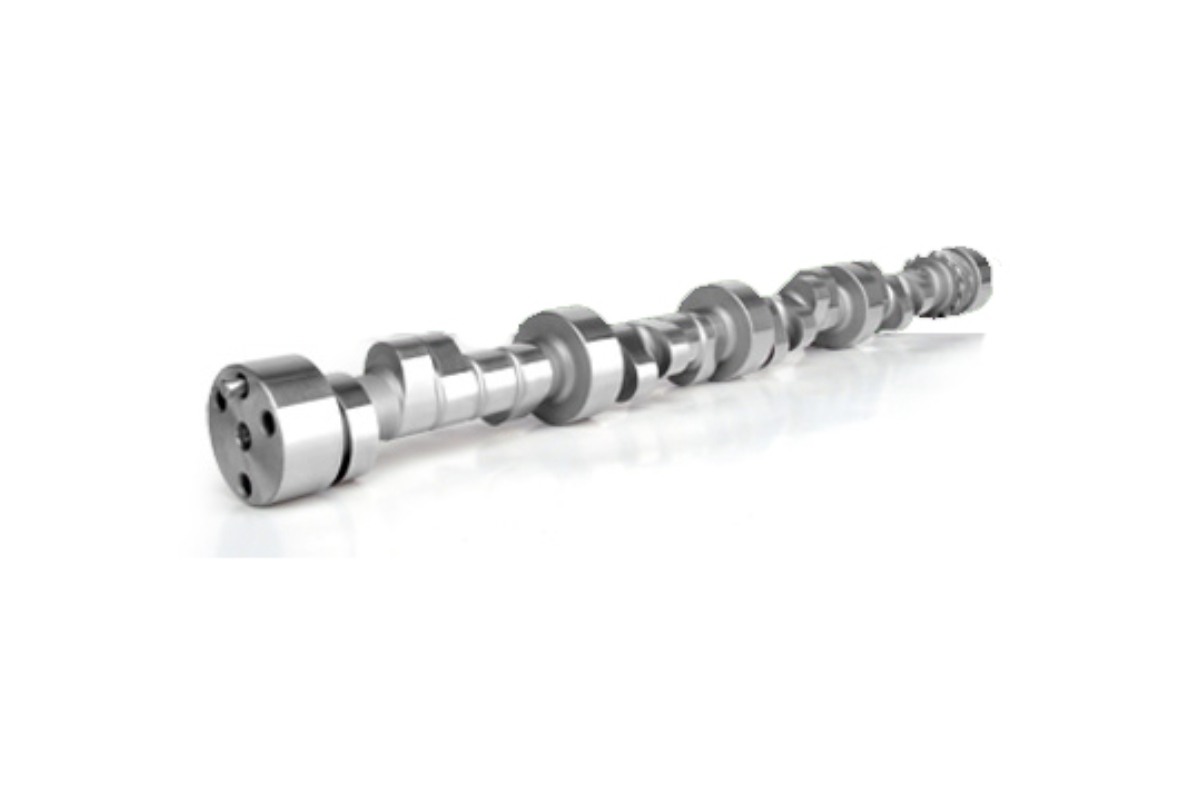How To Maintain your Hydraulic Camshaft – Learning to do your own performance upgrades and automotive maintenance is a long journey, and it can lead to some contradictory tips. One of those is the right way to handle a new hydraulic camshaft. There is a widespread misconception that these cams do not need to be broken in the same way that flat-tappet cams do, but that is not true. Repeated testing has shown that an intentional break-in procedure is also good for the life and performance of a new hydraulic vale lifter setup.
Table of Contents
Break-in Oil vs. Diesel Formulations
If you’re familiar with the break-in process for flat-tappet cams, you have probably seen debates about the best oil to use, and a lot of different diesel oil formulations tend to be thrown around. While these used to be great options, many manufacturers are now recommending that camshaft break-in procedures use only specified break-in oils. Ford and other automakers have even gone so far as to explicitly warn against the use of certain diesel formulations when you are trying to maximize 292 comp cam horsepower with a dedicated break-in cycle.
Heat Cycling for Decreased Wear
In addition to using the right oil, your break-in procedure should also make use of heat cycling. By running the engine for about 10 minutes at 2500-3000RPM and then shutting it down to cool off, you can decrease the wear that comes from heat buildup when the vehicle is constantly running. This helps ensure that you have a properly broken-in camshaft that still has minimal wear, setting you up for the best possible combination of performance and life expectancy.
Long-Term Lifter Maintenance
Unlike solid lifters, which require regular maintenance to keep them operating at peak performance, hydraulic lifters are low-maintenance. It’s still a good idea to periodically check the valvetrain performance, making a little extra time when installing new parts like your LS intake manifold or performing other maintenance tasks. Unless something seems off, though, the hydraulic system is usually self-correcting and should not need intervention. If something does seem off, it’s time to inspect the valvetrain as a whole for malfunctions.
Of course, this assumes you have the preload properly set up during installation. That makes the installation and break-in process doubly important for your new hydraulic camshaft.
Additional Upgrades for Power and Performance
For just about any engine upgrade meant to make your vehicle more efficient or increase its power and acceleration, the best approach is an integrated upgrade plan that rotates between different parts of the engine, fuel, intake, and exhaust systems. That way, upgrades like a performance camshaft are support by additional airflow, better spark plugs, precision fuel injection, and other complementary additions. If you are looking to make those same gains, checking out options like a new 700r4 transmission for sale can be a great way to plan for the next step in your vehicle’s evolution.
Finding the right path forward means understanding which upgrades will give you the best return in your next round of part installations and maintenance, and that requires time and careful thought. Make a plan today to help yourself reach the vehicle of your dreams by the end of the process.

